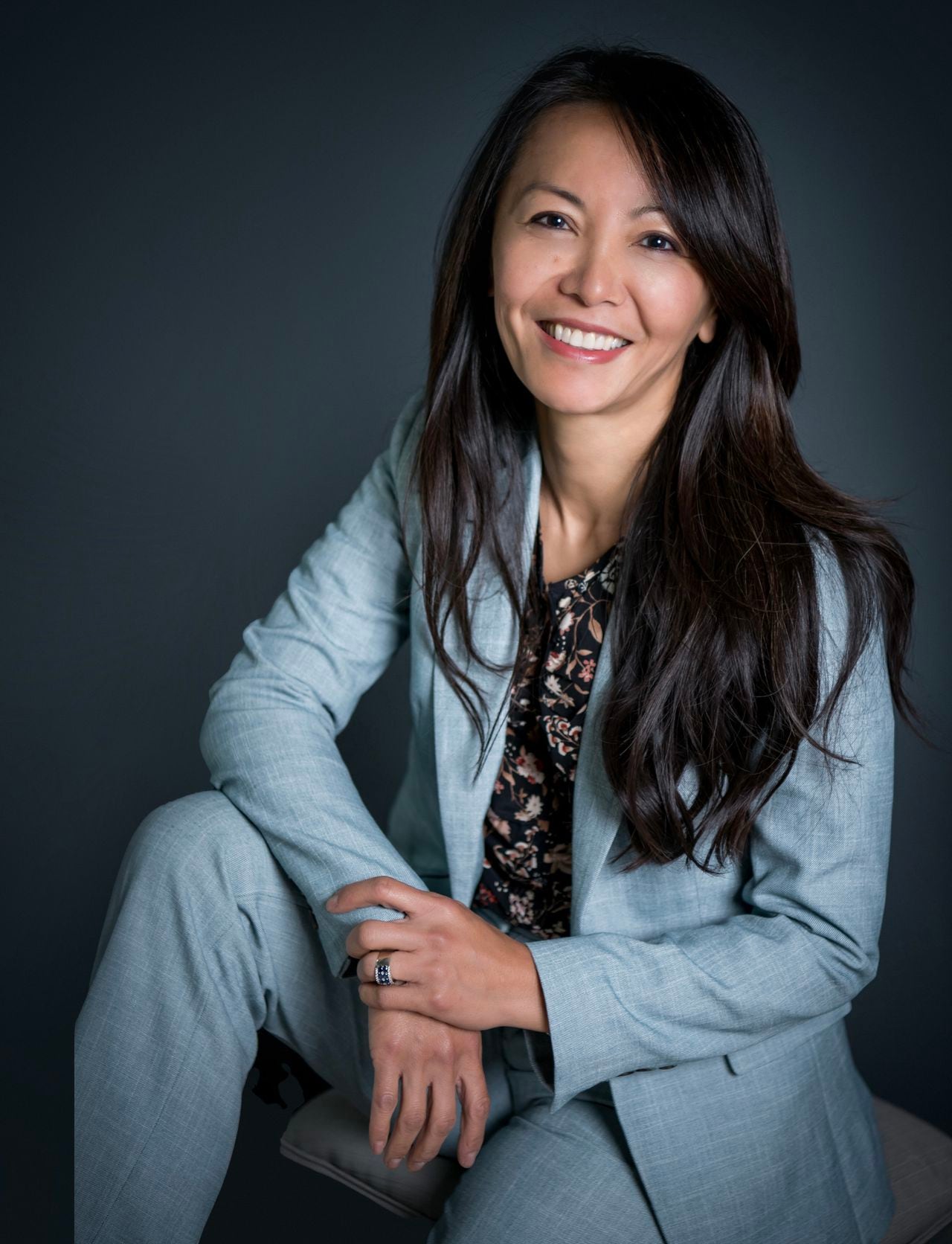
/cloudfront-us-east-1.images.arcpublishing.com/advancelocal/NOIHIHX7DJA75LDMSFQDZCKKII.jpg)
Guest columnist Dr. Diana Ponsky, MD, FACS, is double board certified in facial plastic and reconstructive surgery and otolaryngology head and neck surgery.
They say beauty is in the eye of the beholder. But what would “they” say about beauty in the eye of artificial intelligence (AI)?
We will soon find out.
In the world of cosmetic surgery, the “eye test” has long been a dependable tool. It’s one of the primary methods surgeons use to gauge their work, and it greatly impacts the planning process for prospective patients.
However, the “eye test” remains subjective and personal, making it an inadequate basis for any definitive judgment, especially concerning matters of beauty. Disagreements and varying viewpoints will always persist.
Despite being in its early stages, AI is progressively proving itself as an invaluable resource across various fields, from creative writing and facial recognition to machine learning.
Plastic surgery is no exception.
While cosmetic surgery may appear at first to be a scientific practice, it’s really more art than anything else. Every artist has their own style, their own techniques and their own definition of beauty.
Thus far, the realms of art and science have remained largely separate in this context.
This is where AI can step in. It can serve as a way to integrate scientific principles into the art of cosmetic surgery, potentially transforming a predominantly subjective practice into a more objective one.
AI will never replace physicians and surgeons. Rather, physicians and surgeons who know how to use it well will have a professional and competitive advantage.
So, what if AI can be trained to recognize patterns of facial beauty and provide input as to which procedures will have the higher output improvement, rather than marginal improvement?
AI can be used to gauge the age reduction of a procedure at a significantly more accurate rate than crowdsourcing studies or self-reporting. It can gauge the attractiveness of certain parts of the face, both pre- and post-operation.
This is a tool that can finally allow for a more objective way for surgeons to learn from their work and improve upon certain elements. It is a tool that can help patients feel more comfortable in choosing a surgeon.
All of this can lead to a more satisfied (and beautiful) clientele.
AI’s potential in our field has barely been tapped, but there are already a number of known ways to apply the technology.
It can help in the planning and simulating of procedures, analyze pictures to offer levels of surgical precision during the planning phase, improve treatment efficacy based on skin lesion and scar assessment, help surgeons improve through the use of simulations and monitor patients after surgery to help identify possible complications.
Even though the technology is making great strides, it is not quite at the point where it can be implemented on a broad scale. And because of this, nobody truly knows the possibilities.
The artistry of a skilled and experienced plastic surgeon will always be essential to successful outcomes. But enhancing that artistry with the help of AI should be something beautiful to behold.
Readers are invited to submit Opinion page essays on topics of regional or general interest. Send your 500-word essay for consideration to Ann Norman at [email protected]. Essays must include a brief bio and headshot of the writer. Essays rebutting today’s topics are also welcome.